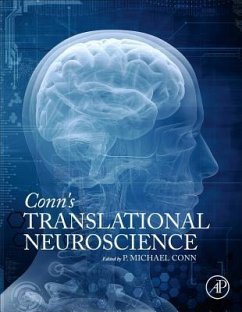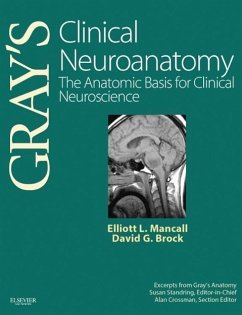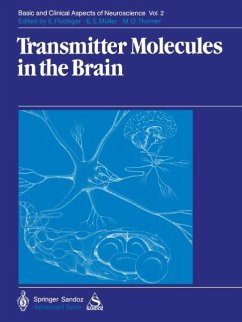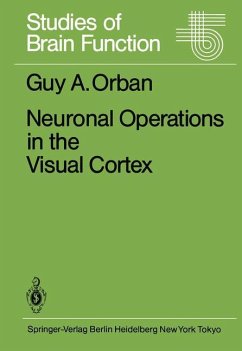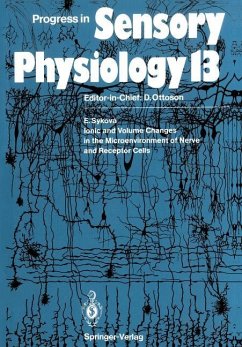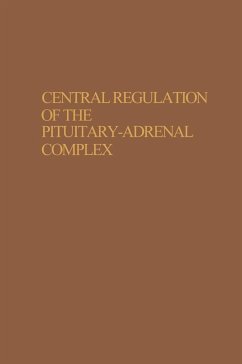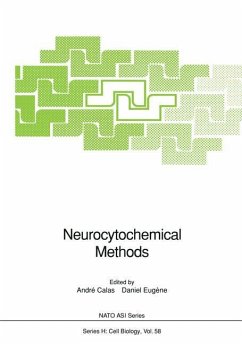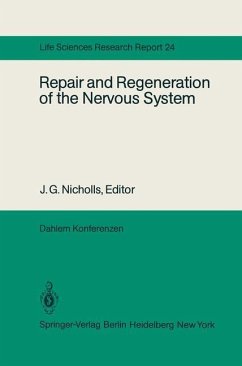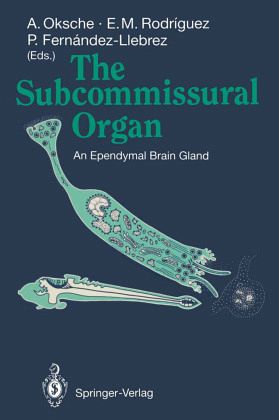
The Subcommissural Organ
An Ependymal Brain Gland
Herausgegeben von Oksche, Andreas; Rodriguez, Esteban M.; Fernandez-Llebrez, Pedro

PAYBACK Punkte
38 °P sammeln!
During the past two decades the progress in neuroendocrine research, stimulated by the increasing general interest in neurosciences, has been very impressive. Most of these efforts have concentrated on peuroendocrine nerve cells and their systems. Even if some aspects have remained open to discussion, the principal functional role of the neuroendocrine units capable of elaboration of biological active peptides (peptidergic neurons) is quite well understood. The same holds true for the central aminergic neurons and for such photoreceptor-derived paraneuronal elements as the pinealocytes. The pr...
During the past two decades the progress in neuroendocrine research, stimulated by the increasing general interest in neurosciences, has been very impressive. Most of these efforts have concentrated on peuroendocrine nerve cells and their systems. Even if some aspects have remained open to discussion, the principal functional role of the neuroendocrine units capable of elaboration of biological active peptides (peptidergic neurons) is quite well understood. The same holds true for the central aminergic neurons and for such photoreceptor-derived paraneuronal elements as the pinealocytes. The primordium of the central nervous system possesses potencies for central sensory and secretory differentiations. Among the latter, a non-neuronal ependymal structure - the subcommissural orga- has remained enigmatic in terms of its biological significance. The sub commissural organ is a common, very constant, and conservative property of the vertebrate brain, from cyclostomes to mammals, and its appears early in ontogeny. The spectacular secretory activity of this brain gland, located in the diencephalic roof at the entrance to the mesencephalic aqueduct, results in the formation of an intraventricular secretory product - Reissner's fiber. This peculiar structural complex has attracted investigators to use a wide spectrum of modern cytological and, more recently, also molecular methods to investigate the secretory process and the secretory product, primarily glycoproteins, in greater detail. So far, however, the progress in structural insight has outpaced our knowledge of the function of the subcommissural organ.



